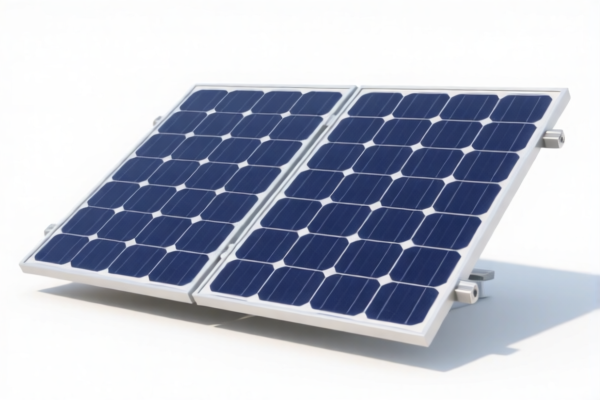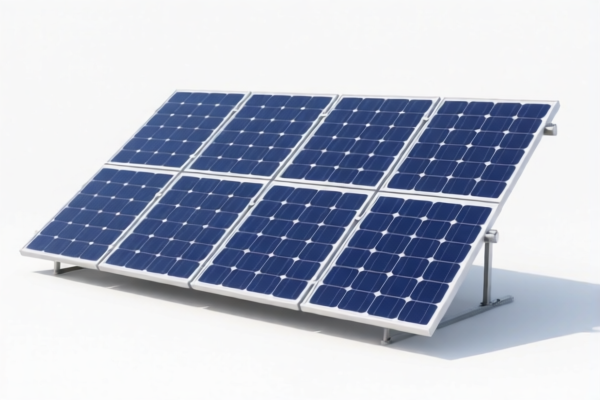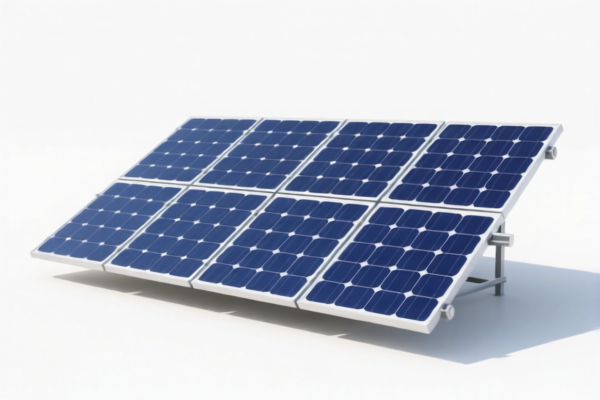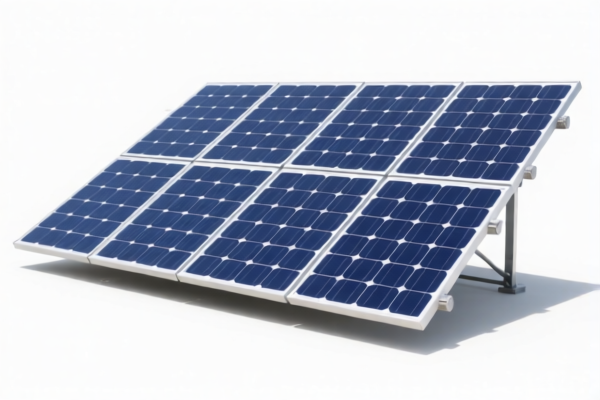| HS Code | Official Doc | Tariff Rate | Origin | Destination | Effective Date |
|---|---|---|---|---|---|
| 8513102000 | Doc | 42.5% | CN | US | 2025-05-12 |
| 8513104000 | Doc | 33.5% | CN | US | 2025-05-12 |
| 8512902000 | Doc | 57.5% | CN | US | 2025-05-12 |
| 8512906000 | Doc | 55.0% | CN | US | 2025-05-12 |
| 8539291000 | Doc | 35.8% | CN | US | 2025-05-12 |
| 8539510000 | Doc | 55.0% | CN | US | 2025-05-12 |
| 8310000000 | Doc | 55.0% | CN | US | 2025-05-12 |
| 9405416000 | Doc | 61.0% | CN | US | 2025-05-12 |
| 9405418200 | Doc | 55.0% | CN | US | 2025-05-12 |




Solar Lights
Solar lights are powered by energy from the sun, converting sunlight into electricity during the day to illuminate spaces at night. They represent a sustainable and cost-effective lighting solution, eliminating the need for traditional power sources or wiring.
Material
- Solar Panel: Typically monocrystalline silicon, polycrystalline silicon, or amorphous silicon. Monocrystalline panels are the most efficient but also the most expensive.
- LED Bulb: Light-Emitting Diodes are used for illumination due to their energy efficiency, long lifespan, and durability.
- Battery: Rechargeable batteries, commonly Nickel-Cadmium (Ni-Cd), Nickel-Metal Hydride (Ni-MH), Lithium Iron Phosphate (LiFePO4), or Lithium-ion (Li-ion), store the energy collected by the solar panel. Li-ion batteries are increasingly common due to their higher energy density and longer lifespan.
- Housing: Materials vary widely depending on the light type and intended use, including plastic (ABS, polycarbonate), stainless steel, aluminum, and glass.
- Electronics: Circuitry manages the charging and discharging of the battery and controls the light operation (e.g., automatic on/off functionality).
Purpose
The primary purpose of solar lights is to provide illumination for various outdoor and indoor spaces without relying on conventional electricity. They are used for:
- Safety and Security: Illuminating pathways, driveways, and entryways to deter intruders and prevent accidents.
- Decoration: Enhancing the aesthetic appeal of gardens, patios, and landscapes.
- Convenience: Providing lighting in areas where running electrical wires is impractical or expensive.
- Environmental Sustainability: Reducing reliance on fossil fuels and lowering carbon emissions.
Function
Solar lights operate through the following process:
- Sunlight Absorption: The solar panel absorbs sunlight.
- Energy Conversion: The solar panel converts sunlight into direct current (DC) electricity.
- Battery Charging: The DC electricity is used to charge the rechargeable battery.
- Automatic Activation: A light sensor detects darkness, triggering the light to turn on.
- Illumination: The LED bulb uses the stored energy from the battery to produce light.
Usage Scenarios
- Garden Lighting: Path lights, spotlights, deck lights, and decorative lights.
- Security Lighting: Motion-sensor lights for driveways, doorways, and yards.
- Pathway Lighting: Illuminating walkways, sidewalks, and garden paths.
- Camping & Outdoor Activities: Portable solar lights for tents, campsites, and hiking.
- Emergency Lighting: Providing illumination during power outages.
- Street Lighting: Solar-powered street lights for public areas and residential neighborhoods.
Common Types
- Path Lights: Small lights designed to illuminate walkways and garden paths.
- Spotlights: Focused beams of light used to highlight specific features or areas.
- Flood Lights: Wide beams of light used to illuminate larger areas.
- Wall Lights: Mounted on walls to provide illumination for entryways, patios, and decks.
- Deck Lights: Integrated into deck railings or surfaces to provide ambient lighting.
- String Lights: Decorative lights strung together to create a festive atmosphere.
- Motion Sensor Lights: Lights that activate when motion is detected.
- Integrated All-in-One Lights: Combine the solar panel, battery, and LED in a single unit.
- Solar Post Caps: Replace traditional post caps on fences or decks, providing illumination.
Solar lights, based on the provided information, are lighting devices powered by sunlight. They typically incorporate photovoltaic cells to convert solar energy into electricity, which is then used to illuminate a light source, often LEDs. These lights are used in various applications, including garden lighting, pathway illumination, and emergency lighting.
The following HS codes are relevant to solar lights, based on the provided reference material:
- 8513102000: Portable electric lamps designed to function by their own source of energy (for example, dry batteries, storage batteries, magnetos), other than lighting equipment of heading 8512; parts thereof: Lamps: Flashlights. This code applies if the solar light is designed as a portable, handheld device, similar to a flashlight, utilizing solar energy as its power source. The basic duty is 12.5%, with a total duty of 42.5%. A 30.0% additional duty will apply after April 2, 2025.
- 8513104000: Portable electric lamps designed to function by their own source of energy (for example, dry batteries, storage batteries, magnetos), other than lighting equipment of heading 8512; parts thereof: Lamps: Other. This code applies to portable solar lights that do not fall under the 'flashlight' category. The basic duty is 3.5%, with a total duty of 33.5%. A 30.0% additional duty will apply after April 2, 2025.
- 9405416000: Luminaires and lighting fittings including searchlights and spotlights and parts thereof, not elsewhere specified or included; illuminated signs, illuminated nameplates and the like, having a permanently fixed light source, and parts thereof not elsewhere specified or included: Other electric luminaires and lighting fittings: Photovoltaic, designed for use solely with light- emitting diode (LED) light sources: Of base metal: Other. This code applies to electric luminaires and lighting fittings specifically designed for use with LED light sources and powered by photovoltaic cells, constructed of base metal. The basic duty is 6.0%, with a total duty of 61.0%. A 25.0% additional duty will apply, increasing to 30.0% after April 2, 2025.
- 9405418200: Luminaires and lighting fittings including searchlights and spotlights and parts thereof, not elsewhere specified or included; illuminated signs, illuminated nameplates and the like, having a permanently fixed light source, and parts thereof not elsewhere specified or included: Other electric luminaires and lighting fittings: Photovoltaic, designed for use solely with light- emitting diode (LED) light sources: Other: Light-emitting diode (LED) backlights modules, the foregoing which are lighting sources that consist of one or more LEDs and one or more connectors and are mounted on a printed circuit or other similar substrate, and other passive components, whether or not combined with optical components or protective diodes, and used as backlights illumination for liquid crystal displays(LCDs). This code applies to LED backlight modules used as illumination for LCDs, powered by photovoltaic cells. The basic duty is 0.0%, with a total duty of 55.0%. A 25.0% additional duty will apply, increasing to 30.0% after April 2, 2025.
Regarding HS codes 9405416000 and 9405418200, please note the requirement for the luminaires and lighting fittings to be designed for use solely with light-emitting diode (LED) light sources and powered by photovoltaic cells.
Customer Reviews
No reviews yet.